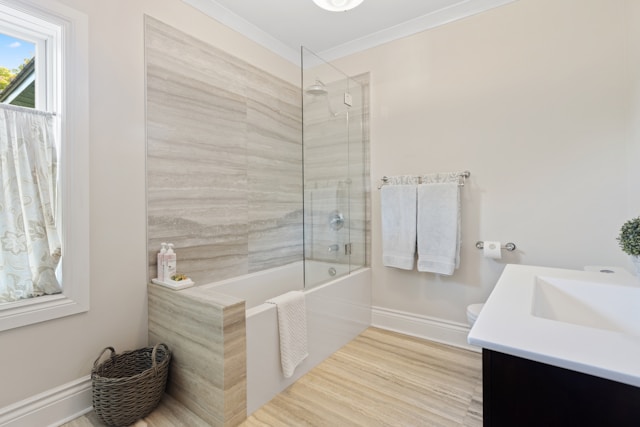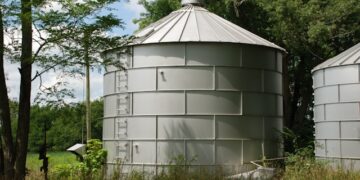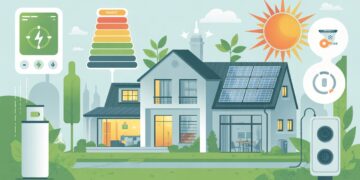Water conservation is a growing concern for homeowners looking to reduce their environmental impact and lower utility bills. The bathroom is one of the most water-intensive areas in a home, making it the perfect place to start implementing water-saving upgrades. By choosing eco-friendly bathroom fixtures and adopting smart water-saving habits, you can significantly cut down on water waste while maintaining a comfortable and stylish space. In this guide, we explore some of the best water-saving bathroom upgrades to help you create a more sustainable home.
Top Water-Saving Bathroom Upgrades
Low-Flow Toilets
One of the most effective ways to conserve water in the bathroom is by installing a low-flow toilet. Traditional toilets use up to 6 gallons per flush, while modern low-flow models use as little as 1.28 gallons per flush. Dual-flush toilets provide even greater efficiency by offering two flushing options: one for liquid waste and a higher-powered flush for solid waste. Upgrading to a water-efficient toilet can save thousands of gallons of water per year, reducing both your environmental impact and your water bill.
Water-Efficient Showerheads
Showers account for a significant portion of household water usage, making water-efficient showerheads a must-have upgrade. High-efficiency showerheads, such as aerating and laminar-flow models, reduce water consumption while maintaining strong water pressure. Some modern designs use as little as 1.5 gallons per minute compared to traditional models that use up to 2.5 gallons per minute. By switching to a water-saving showerhead, you can enjoy a refreshing shower while conserving water.
Faucet Aerators
Faucet aerators are a small and affordable upgrade that can make a big difference in reducing water use. These devices fit onto the tip of your faucet and mix air with water, maintaining strong water pressure while using less water. Installing an aerator can reduce water flow to as little as 0.5 gallons per minute, making it an excellent choice for homeowners looking to increase water efficiency without replacing their entire sink fixture.
Smart Water Sensors & Leak Detectors
Undetected leaks can lead to significant water waste and higher utility bills. Installing smart water sensors and leak detectors can help you monitor water usage and detect leaks early. These devices can alert you via a smartphone app when excessive water flow or leaks are detected, allowing for quick repairs and preventing costly water damage.
Greywater Recycling Systems
A greywater recycling system reuses water from sinks, showers, and bathtubs for non-potable purposes such as toilet flushing or irrigation. These systems help conserve fresh water by repurposing water that would otherwise go down the drain. While greywater systems require an initial investment, they can significantly reduce household water consumption over time.
Water-Saving Bathtubs
For those who enjoy baths, choosing a water-saving bathtub can make a difference in overall water use. Some modern bathtubs are designed with a lower capacity, allowing you to soak comfortably without excessive water waste. Alternatively, deep soaking tubs with ergonomic designs provide the same relaxation benefits while using less water.
Additional Tips for a Water-Efficient Bathroom
Beyond installing water-saving fixtures, adopting smart water-saving habits can further reduce your water usage. Here are some additional tips:
- Fix leaks promptly – A dripping faucet or running toilet can waste hundreds of gallons of water each month. Address leaks as soon as they appear.
- Take shorter showers – Reducing shower time by just a few minutes can save gallons of water per day.
- Turn off the tap when not in use – Whether brushing your teeth or washing your hands, turning off the tap while lathering can significantly reduce unnecessary water waste.
- Choose eco-friendly materials – When remodeling your bathroom, opt for sustainable materials such as recycled tiles, water-resistant bamboo, and low-VOC paints.
Cost vs. Savings: Are Water-Saving Upgrades Worth It?
Many homeowners wonder if investing in water-saving bathroom upgrades is worth the cost. While some upgrades, such as low-flow toilets and faucet aerators, have a low upfront cost, others, like greywater recycling systems, require a larger investment. However, these upgrades typically pay for themselves over time through lower water bills. Additionally, some government programs and utility companies offer rebates for installing water-efficient fixtures, making these upgrades even more cost-effective.
Conclusion
Creating an eco-friendly bathroom doesn’t require a complete overhaul. By implementing water-saving upgrades such as low-flow toilets, efficient showerheads, and leak detectors, you can make a significant impact on both the environment and your water bill. Simple habits like fixing leaks, turning off taps, and using sustainable materials can further enhance water conservation. With these strategies, you can enjoy a modern, efficient, and environmentally responsible bathroom that benefits both your home and the planet.









